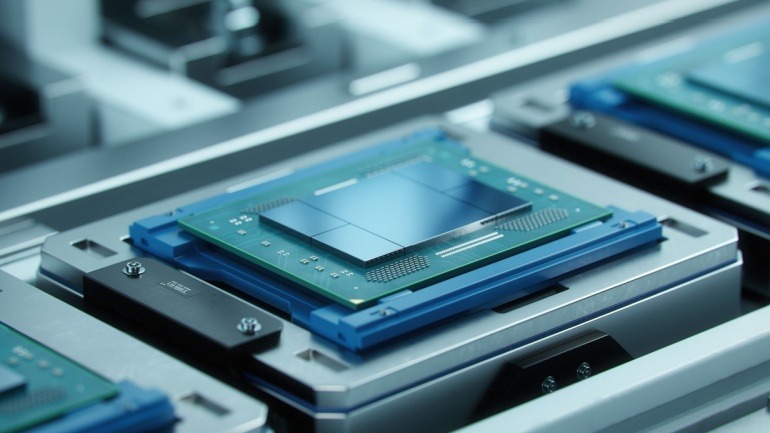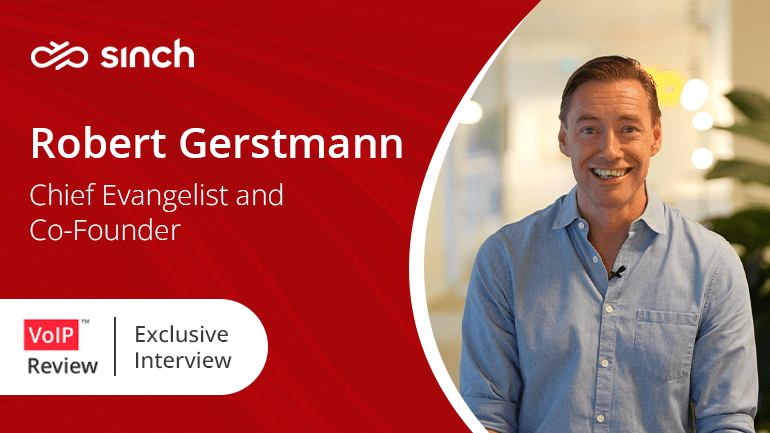Sinch, which is pioneering the way the world communicates through its Customer Communications Cloud, announced that during 2024, the company has successfully delivered more than 1 billion Rich Communication Services (RCS) business messages for businesses worldwide. This milestone underscores Sinch’s role as a trusted partner when businesses seek out innovative messaging solutions to engage with their customers.
Comcast’s strategic spin-off of cable TV channels like MSNBC, CNBC, and E! into ‘SpinCo’ highlights a shift to survive in the evolving media landscape.
MSI has unveiled a cutting-edge server lineup powered by Intel Xeon 6 processors and MGX architecture, tailored for AI and HPC. Highlights include the CG480-S5063 AI server, featuring NVIDIA H200 NVL GPUs and DDR5 DIMM slots.
NASA’s collaboration with Microsoft aims to revolutionize access to earth science data through Earth Copilot, a tool leveraging AI for seamless data inquiry. Built on Microsoft’s Azure, Earth Copilot simplifies complex satellite data access, enabling user-friendly and natural language queries, transforming research, policy-making, and education.
Apple’s recent decision to adopt Rich Communication Services (RCS) has sent shockwaves through the messaging landscape, driving broader RCS adoption. RCS, an upgrade from traditional SMS, promises richer, more interactive messaging features that allow users to send high-quality media, see read receipts, and enjoy smoother conversations across devices. In this exclusive Q&A, we speak with Robert Gerstmann, Chief Evangelist and Co-Founder of Sinch, to delve into Apple’s adoption of RCS. Known for pioneering advancements in mobile enterprise communications, Gerstmann has played an instrumental role in shaping the Sinch brand and its global strategy. With over 15 years of experience, he offers an insider perspective on how Apple’s embrace of RCS could reshape messaging dynamics, bridge compatibility gaps between iOS and Android, and open new avenues for business communication. Read on as Gerstmann unpacks the opportunities and challenges of this pivotal shift in mobile messaging, offering a blueprint for businesses keen…
Viettel has launched Vietnam’s first commercial O-RAN 5G network, powered by Qualcomm’s advanced 5G platforms. The rollout, featuring over 300 sites by 2025, includes cutting-edge infrastructure like the Qualcomm X100 and QRU100 platforms.
Knightscope, a California-based innovator, is revolutionizing public safety with autonomous robots like the K5. Equipped with cameras, thermal imaging, and GPS, these 400-pound sentinels patrol areas like campuses and parking lots, detecting anomalies with Verizon-powered connectivity.
Datadobi’s launch of StorageMAP 7.1 revolutionizes VoIP data management with enhanced scalability and performance. The Unstructured Data Mobility Engine tackles large data volumes effortlessly, while the HDI Archive Appliance Bypass accelerates data migration.
SoftBank and NVIDIA have made a breakthrough in AI-driven RAN technologies by successfully integrating AI with 5G networks, branding it as AI-RAN. This collaboration, highlighted during the NVIDIA AI Summit in Japan, promises to convert base stations into AI revenue assets.
Nokia’s acquisition of Rapid’s assets marks a strategic enhancement of its network API portfolio, crucial for advancing Nokia’s position in the 5G landscape. This move accelerates software development and boosts interoperability, enabling telecom companies to maximize returns.













